👋 Good morning from Los Angeles! I'm Nate Kadlac, and this is #85 of Plan Your Next. A Sunday newsletter that connects design, creativity, and how you prepare for your next thing.
Welcome to the 31 new people here!
💡 What’s new?
👩🎨 Monday, I presented to students of Cam Houser’s course, Minimum Viable Video this week to show how to quickly design thumbnails by stacking elements. If you want to see the deck, just reply and let me know.
🎨 Approachable Design is happening this weekend! It’s only 2 days, but it’s incredible to witness how much our students can accomplish in that time. Get on the waitlist for the next workshop in January!
💰 Last week’s letter on personal finance received a lot of great responses, and I’ve had a number of conversations with you all. Thanks for being so open and willing to share your own stories! I’m someone without an inheritance, zero financial help with school or debt, defaulted on multiple loans and had a credit score of 425 at the age of 23. It’s fair to say I’ve had to play the long game. If I were to write part II, what would you like to know?
Good morning from Los Angeles!
This week, one of the most well-known tech companies—and comically cringe at delivering keynotes—decided to change its name. Facebook the company is now called Meta. And Facebook the social product that drowns me in my own tears every time I sign in, is still our beloved Facebook.
In the same way they’re known for handling our privacy (with double-fisted middle fingers flung at the world) they straight-up brute-forced a name change even if it’s owned by another company.
I don’t advise trying the same thing next time you need a new name unless you’re also valued at around 950 billion.
But hey, coming up with a name is difficult. Even naming children is a time-consuming process. Alie and I admittedly aimed for a gender-neutral name, but we didn’t have a name picked out for Rowan until we both were staring into her tightly closed eyelids.
A name can inspire momentum
An idea for your next thing starts with an idea or a personal pain point you’re trying to solve. Many people will advise you not to think about logos, or names early on because they’re not important. And while I generally agree with the idea there are more important things to work on, nothing gets me more inspired to work on an idea that has a name, logo, or visual story.
This is why many designers get mocked for spending time on things like logos or visual direction early on. Investors and technical founders will roll their eyes at this seemingly waste of time, but do what you need to do to work on this every single day. To me, it’s not a waste of time to envision what this small idea could blossom into, or the story you’re trying to tell. This also helps explain to people the pain point you’re solving for.
But this article isn’t about design. It’s about something I find more difficult, which is coming up with a name. Like naming a child, naming a product or a business carries a lot of weight because it’s not straightforward to change later.
In design, I can update the look ad feel of a brand or a website more easily than changing the name of a company.
So how do you go about naming your next thing?
When I had to come up with the name for this newsletter, Plan Your Next was inspired by Tim Urban’s, Wait but Why. I thought a phrase was easy to remember, and I loved how easy it was to say. It gave me the autonomy to talk about a broad range of topics, depending on my mood or interests.
Each of the words makes sense when I say them aloud, and it’s easy to spell. Sometimes the content doesn’t always match up with the name, but that’s part of the long-play overall.
Recently, I’ve been reading a clever book named, "Hello, My Name Is Awesome” by the equally clever Alexandra Watkins, who runs a double equally cleverly named agency, Eat my Words.
Alexandra creates a great framework to give us a way to filter out the bullshit. She calls it SMILE & SCRATCH.
What makes a good name?
“For a name to be awesome, it must embody a tricky trifecta. It must…
(1) feel like a real word
(2) be intuitive to pronounce
(3) be intuitive to spell.”
—Alexandra Watkins
The SMILE & SCRATCH framework is fairly straightforward, like a good name. Finding a name that delivers on the following framework takes a lot of time, and won’t happen in a group setting or with friends.
SMILE
Suggestive: Make sure it suggests something about your brand
Memorable: We find the stickiest names correlate with words and concepts that are already familiar to us.
Imagery: Hearing names associated with visuals make an impression and are hard to forget.
Legs: Extend your mileage by attaching your name to a theme. Ben & Jerry’s flavors are a good example of this.
Emotional: Based on research by Forrester Research, 50% of every buying decision is driven by emotion.
SCRATCH (Avoid these mistakes)
Spelling challenged: Your name sounds different than it’s spelled
Copycat trends: Don’t resemble your competitor’s names, or end your name trendy things like -ly.
Restrictive: Don’t let your name have an age limit if you decide to expand
Annoying: Forced, or frustrates customers
Tame: Too flat, or uninspired
Curse of knowledge: Speaks only to insiders
Hard to pronounce: It sounds confusing or requires spelling individual letters
💡A few more unexpected tips:
A memorable name is better than a short name. Peanut Butter & Co. uses ilovepeanutbutter.com because it’s easy to remember. Their other website redirects back to ilovepeanutbutter.com.
Don’t use your personal name as a brand if it’s hard to pronounce or if it’s difficult to spell.
Resist the temptation to be mysterious. Ambiguous names are hard to remember, especially if they don’t relate to your business.
❌ How not to brainstorm names
First, never brainstorm in a group setting. Names or ideas that spring up during these sessions usually get diluted to the point of no return. Or words get stacked into a name to make everyone happy. As Alexandra states, “The only person who is happy by this is your trademark attorney, who exclaims, “It looks like we can get clearance on Hiveacore!”
In the same way, don’t invite a bunch of friends over for wine and brainstorm over a Ouija board, Scrabble, or anything else that resembles drunken entertainment.
Start by yourself, in front of a computer. Rabbit holes are helpful for this focused brainstorm session.
✅ The process of brainstorming names
First, this process can take weeks, but you’re looking for a list of 100 names that pass the SMILE & SCRATCH test, which will be trimmed down to a couple of dozen names. Don’t fall in love with just one or two names, since many will not get past trademark screening.
In fact, it took Warby Parker over 6 months to land on their name, with over 2,000 on the list before deciding on it. If you’re curious, their name comes from two Jack Kerouac characters, Warby Pepper and Zagg Parker. They were inspired by the beat generation and how they influenced a generation like Warby Parker was trying to revolutionize eyewear.
Fill out a creative brief for your idea
Alexandra has a creative brief in her book outlining how to define what you’re building. it’s good to have this filled out so any name you do decide to run with, will be based on your goals.
Choose a dozen words related to your brand or experiences.
This is like lighter fluid for your search. A jumping-off point to finding relatable names. She recommends using thesaurus.com to find synonyms that spark, but I’ve come to enjoy powerthesaurus.com even more.
Use Google image search to supercharge your imagination
Looking up visuals is a great way to get your brain to chase itself down different rabbit holes, sparking new ideas for potential names.
Go to a dictionary to research definitions
Use thefreedictionary.com or other resources like websters1913.com for a slightly more classical take on the English language. You can find phrases and idioms that reveal much longer names and ideas.
Look at movie titles for inspiration
Pop culture references can make for sticky names because they sound familiar. Alexandra once named a janitorial company, “Eat my Dust” which is also the name of a 70’s race car film.
Scour book titles
Unlike businesses and products that can claim ownership due to trademark laws, you cannot trademark a book title. Don’t try this with famous books that have been made into brands, like Harry Potter, but this can be a treasure trove of ideas.
Have fun with puns
The Rhyme Zone is a great resource to take an idea and find lightly coined puns
The right name
You might not be convinced of your name, but Alexandra advises against trying to get the opinions of friends, family, or focus groups involved. Many great and memorable names are shot down all the time. Remember to stress test your name against the filters above, and get it trademarked.
I highly recommend checking out Alexandra’s book, as it’s much more hilarious than my own essay made her out to be.
Additional namestorming resources
Go Name Yourself: Originally a Kickstarter project, this card deck has exercises to help expand your imagination when it comes to naming.
⚡️ Two creative hits for next week
What’s next for the creator economy and web3?
Li Jin, co-founder, and General Partner at Variant, has a great thread on where she believes the 4th era of the Creator Economy is headed. The 3rd (today) is about monetizing directly from users, while the 4th (future) is about blurring the lines between fans and creator, and into community ownership.
Keep iterating
I absolutely love this evolution of Great Wave by Katsushika Hokusai. I had no idea how it took shape over 28 years, evolving into what we know now today. A great lesson in continuing to make art every day.

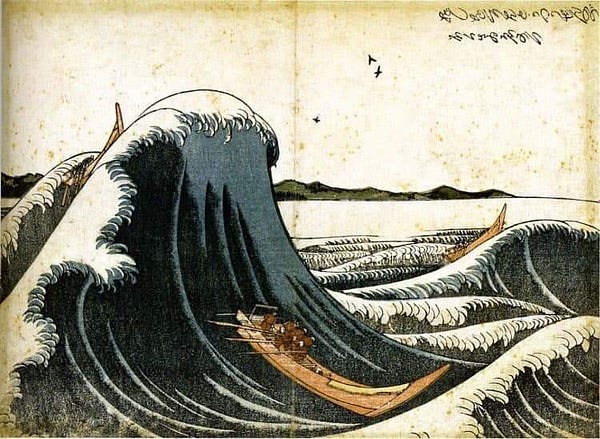
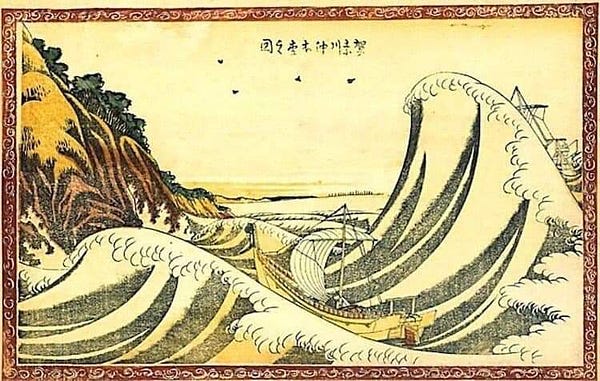
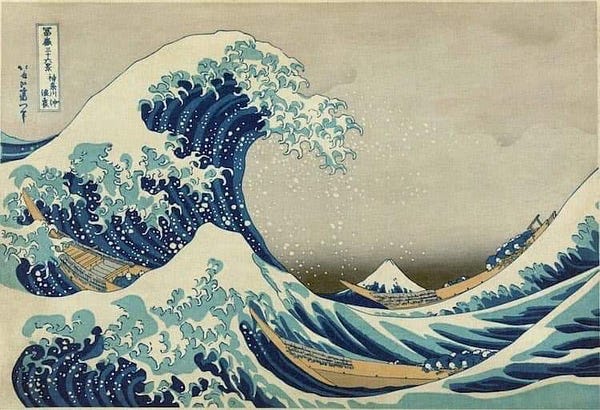
👋 See you next Sunday
If you’ve forgotten who I am, here’s a little bit about me. As always, my calendar is open to chat about your next adventure, crazy idea, or if you’re feeling creatively stuck.
Have a great week,
p.s. If you enjoyed this letter, would you please let me know by tapping on the heart below?





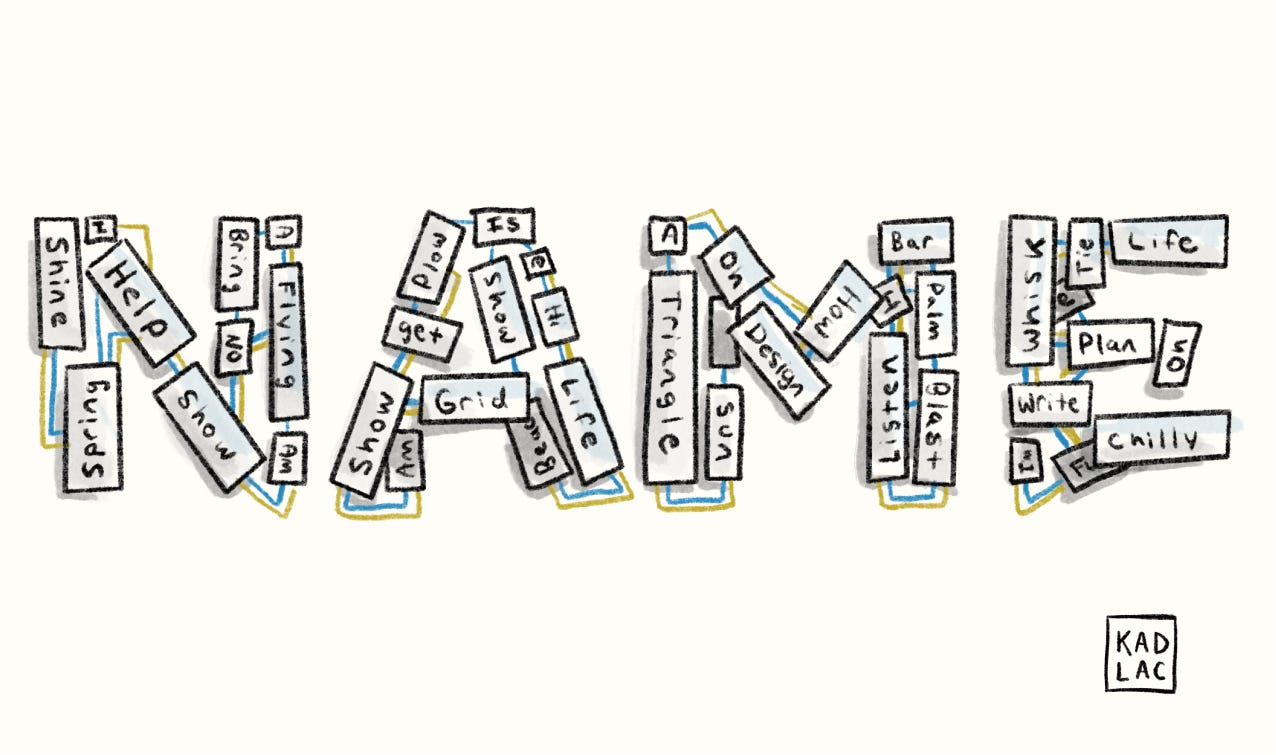




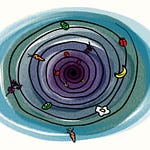
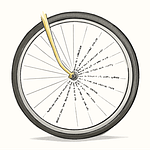

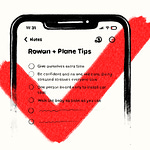
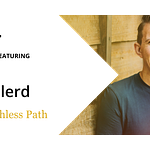
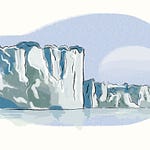
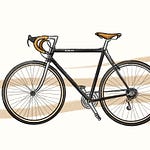

How do you name your next thing?